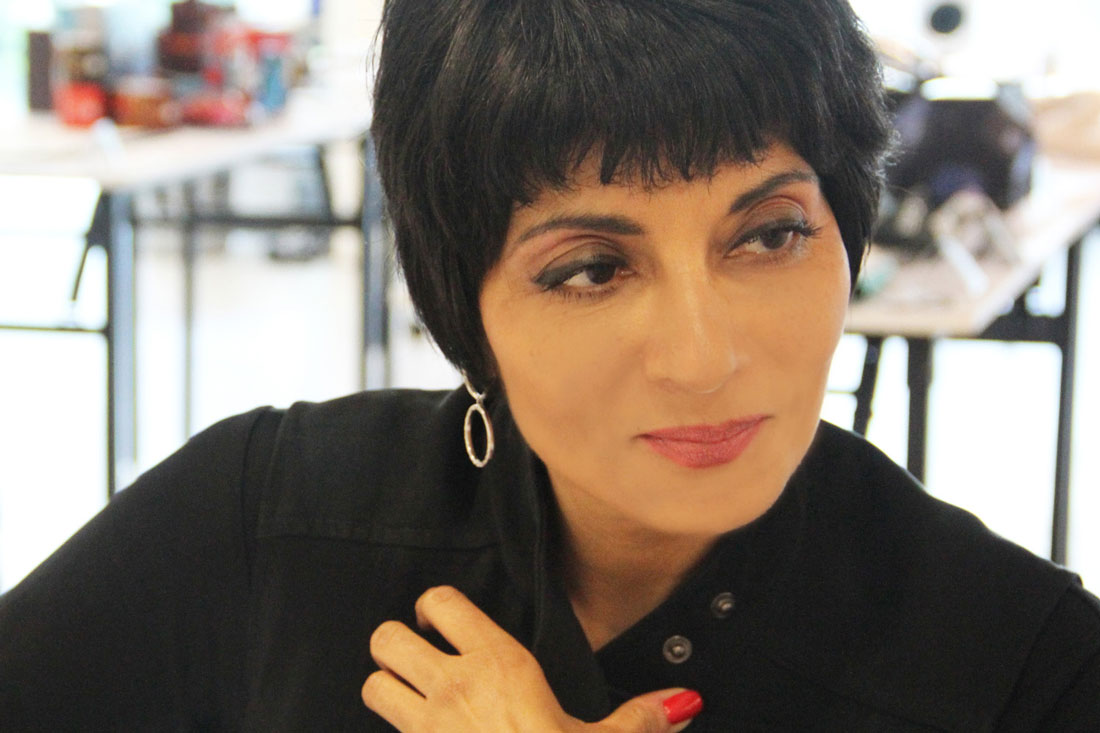
-
9 February 2018
The INDE.Awards team is thrilled to have Shashi Caan – a distinguished thought leader for design internationally – on the 2018 INDEs jury. Her 25-year design career reveals a deep commitment to furthering human betterment through and by design. And working from both New York and Edinburgh, she offers a rich international perspective.
Beyond her design practice (The SC Collective), Caan is also a design futurist, educator and author. She is one of only three two-term Presidents of the distinguished International Federation of Interior Architects / Designers (IFI), and she was appointed IFI CEO in November 2017. Her book Rethinking Design has been translated into several languages, and she was recognised by IFMA as ‘Educator of the Year’ in 2005 – at which time she was serving as the Chair of Interiors at Parsons, the New School for Design. Caan is a founding member of GloW-DESIGN (Globally We Design), where she also founded the World Youth Designer (WYD) Programs. Yes, it’s quite a portfolio of achievements!
We caught up with Caan to ask her perspective on APAC’s development in terms of design, and what she’ll be looking out for as an INDE.Awards judge.


Above: Interior for Inver House Distillers by The SC Collective.
What gives APAC strength as a region to watch in terms of architecture and design?
Perhaps most essential for strength of growth, especially for a commodity such as good design, are the following three criteria.
ECONOMY & WEALTH: A strong economy, sustained over time, which surpasses the provision of basic survival and causes an inherent awareness and demand for a higher standard of living. Literacy and an educated public help to elevate civil society for greater breadth and depth of achievement and ambition. The Asia Pacific economy has remained strong recently and is projected to continue to strengthen. This will continue to provide deepened opportunities and potential for world leadership in all industry pursuits.
EDUCATION: An elevated universal and public awareness specific to architecture and design has cultivated an Asian appreciation of design aesthetics and the power of the built environment to improve life quality, as well as access to ever-improved education. I believe in the next several years, we will also see a greater integration of the Asian heritage with design. I look forward to witnessing the rise of an Asian design identity and sensibility which provides regional distinction for the global A&D community.
WORLD INFLUENCE AND SHIFTING DYNAMICS: Against the current and major socio-political disruption among established and leading world regions (such as Brexit affecting the EU and the political climate in the USA affecting the Americas), the APAC region provides the contrast of relative calm and productivity.
Why is APAC of interest to the rest of the world?
It appears that APAC and its individual nations have a longer-term growth strategy connected to development and nation building. It is grounded in education, fosters creativity and innovation, and is combined with unsurpassed man-power. This is impressive. With the people’s passion to work for success, and a rapid advancement of progressive new technologies, there is clear indication that East Asia, South Asia, South-East Asia and Oceania are poised for potential cultural world leadership.
Why do you think the INDE.Awards have value for the APAC region?
Continued awareness and education, both of and for raised standards for quality and impactful design, is inherent to awards programs. The INDE.Awards help to cause this literacy and awareness. The INDE.Awards help to drive a culture of excellence with the acknowledgment of talent and what makes design good… all positive and necessary.
What sorts of things will you be looking out for as a judge in the INDE.Awards?
Each competition and awards selection is an opportunity to survey the state of the design profession and industry at a given time. I look forward to learning about pervasive ideas that are currently important in the Asian psyche and social culture, as well as the latest methods of showcasing work. Its always a pleasure to witness and experience new creative interpretations, planning methodologies and functional reinvention. Of course, these basics layered with a human conscience for social justice and environmental responsibility is important for next-gen imagination. I am intrigued to understand the state of APAC design through these criteria.
